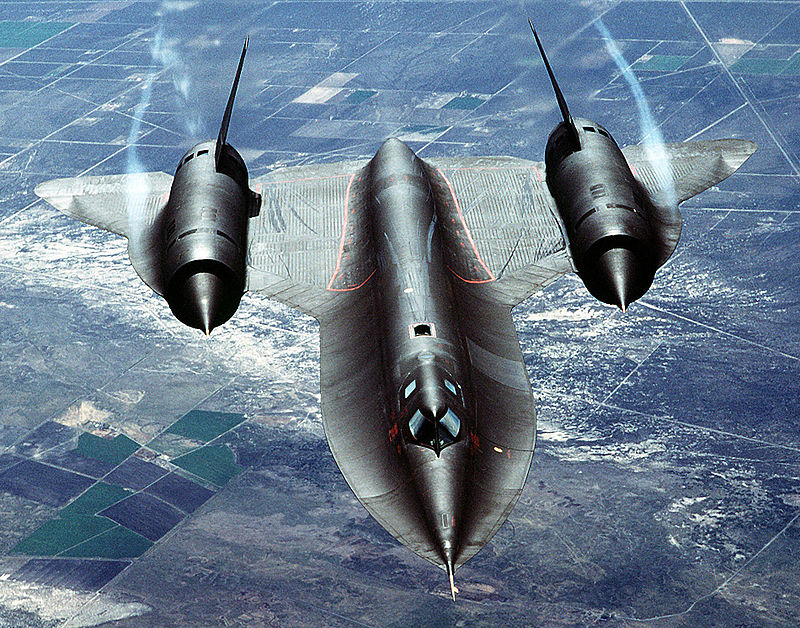The SR-71 “Blackbird” is one of the greatest spy planes in history with a top speed of Mach 3.3 (4,074 kmph) and a ceiling exceeding 80,000 feet.
It easily evaded enemy defenses while providing critical intelligence for the Central Intelligence Agency and Department of Defense during some of the most tense years of the decades-long Cold War.
With only 32 aircraft ever built and none of them lost to combat, this record-breaking jet has earned its rightful place in military aviation history.
Here are four stories to remind you of just how dominant the Blackbird was when America needed it most.
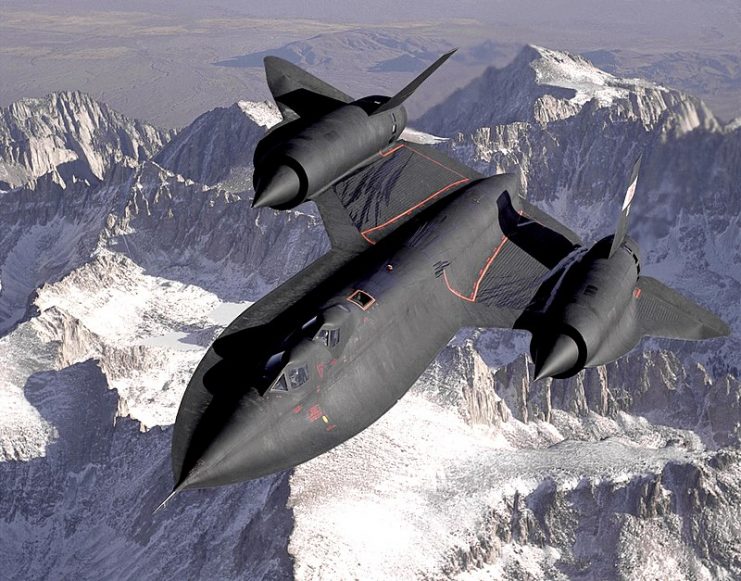
Putting North Korea to the Test
In 1981, North Korea was none too pleased with the SR-71 flying overhead. It fired off a surface-to-air missile at the plane as it passed over the Demilitarized Zone (DMZ). However, the Blackbird’s crew didn’t even break a sweat.
While it remains to be seen what North Korea would have done had they successfully shot down the American plane, it may very well be that they were merely testing the capacity of both their missiles and the plane itself.
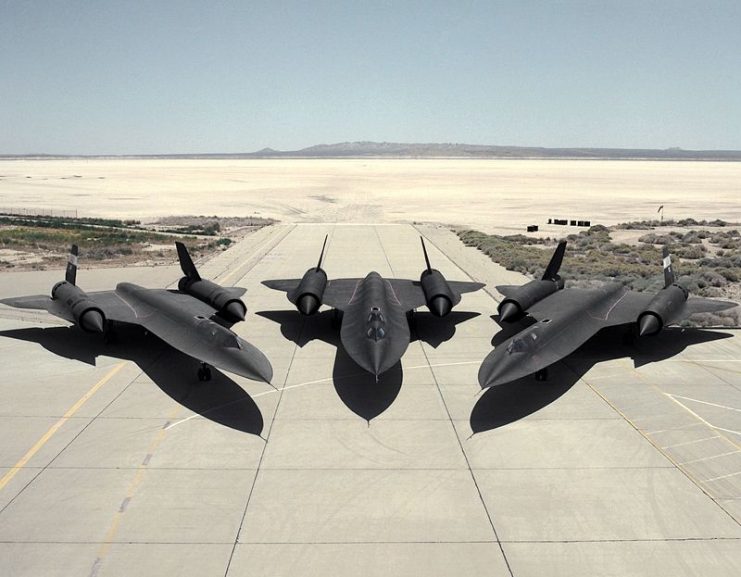
The Blackbird crew, Maury Rosenberg and Ed McKinn, were gathering intelligence about North Korea’s missile sites. It took them only seven minutes in the SR-71 to photograph the entire country of North Korea.
They were making their third pass over the DMZ when they saw the missile launched against them.
It appears the crew was never in danger of being shot down and they knew it. A quick turn away from North Korea, a push on the throttles, and the pilots watched the surface-to-air missile explode a few miles behind them.
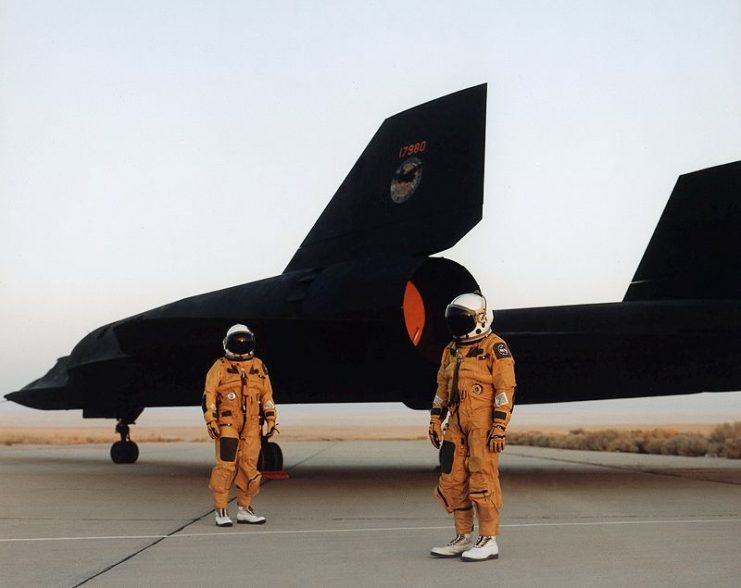
Calling in Speed from Above
It was a beautiful day in Southern California. With several aircraft in the skies, it’s commonplace for pilots to radio the nearest tower and ask for a ground speed check.
A call out came from a Cessna pilot with a response of 90 knots on the ground. Not to be outdone, a Twin Beech aircraft chimed in, and the Los Angeles Center responded in their typical calm, cool, and profession voice – “we have you at 125 knots of ground speed.”
With the game afoot, a Navy F-18 pilot from NAS Lemoore came on the mic. The swag in his voice is evident as he asks the LA Center for a readout. “We have you at 620 on the ground.”
With pilot Brian Schul on the stick and his co-pilot, Reconnaissance System’s Officer Walt Watson, in the back seat, the Blackbird’s crew couldn’t help themselves.
With a click of the mic, Walt calls out to Los Angeles Center and asks for a ground speed check. “I show you at 1,842 knots across the ground.” Checkmate.
Just to solidify the King of Speed title, the Blackbird crew responded, “Ah, Center, much thanks, we’re showing closer to 1,900 on the money.”
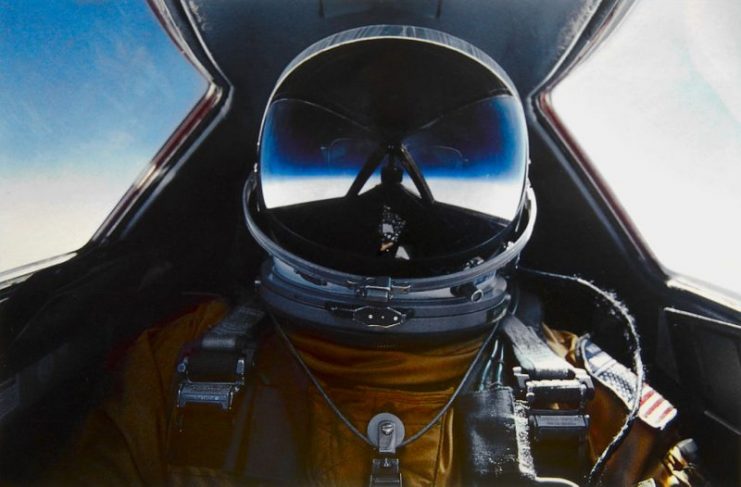
The Slowest Plane of the Hour?
Yes, you read that right, the SR-71 was the slowest plane of the hour in one particular instance.
With Brian Schul and Walt Watson again at the controls, the Blackbird dropped below 160 knots during a flyover at the request of a cadet commander and former SR-71 pilot.
Flying out of RAF Mildenhall, England, Schul and Watson were returning from a mission over Europe when they received the call for a flyover request from an air cadet commander.
As the crew tried to find the small, densely wooded area where the cadets were, they slowed the jet down from 325 knots so they could peer out the windows to find their audience.
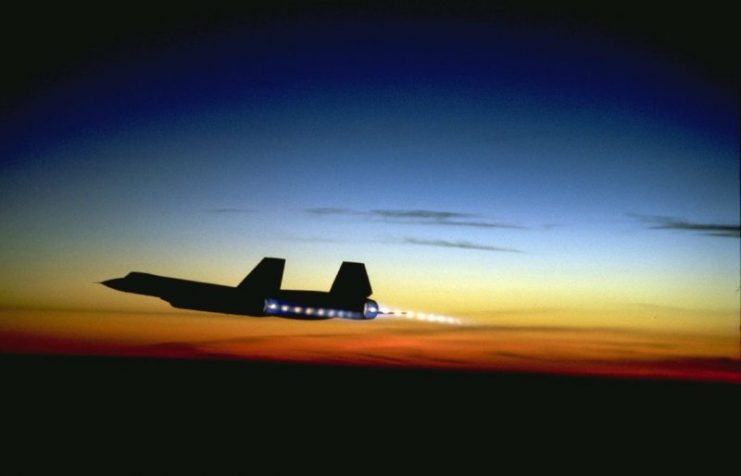
blueforce4116 CC BY-NC-ND 2.0
After a few minutes, Schul chanced to notice that the airspeed indicator had dropped below 160 knots and his heart stopped. At that point, the aircraft wasn’t really flying, more like falling at the worst angle of attack.
Schul quickly pushed the throttles forward, causing both afterburners to light up. The cadet observers were closer than expected and they felt the full power of the two Pratt & Whitney J58-1 turbojet engines with afterburners.
To put things in perspective, the SR-71 has a landing speed of 170 knots with a deployed drag parachute to help stop the aircraft. As the crew returned to Mildenhall, they sat in silence for a moment before Watson said, “156. What did you see?”
Schul responded, “152.”
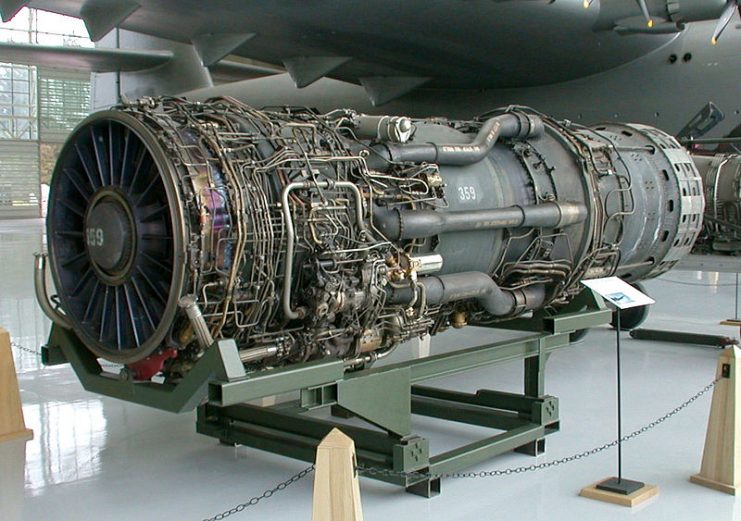
Shattering records — No Ceiling for this Bird
In July 1976, the Blackbird reached an altitude of 85,068.997 feet (25,929 meters). While breaking the altitude record, the Blackbird crew figured they’d attempt to break the official speed record too.
Taking off from Beale AFB, California, and zooming through the skies at a mere 2,193.2 mph (3,529.6 kmph), the SR-71 captured the official Air Speed Record for manned aircraft. Their record has stood for 40 years.

Then, in 1990, an SR-71 went coast-to-coast in the United States in only 68 minutes with a cruising speed of 2,124 mph (3,418 kmph), then continued to show its dominance with a London to Los Angeles trip (5,447 miles, or 8,766 kilometers) in 3 hours and 47 mins, returning from the Farnborough International Airshow.
Retirement in 1998
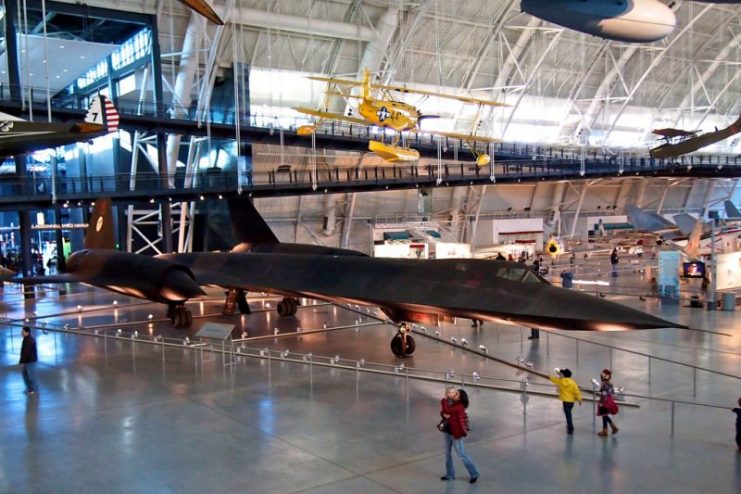
Geoff Livingston CC BY-SA 2.0
Read another story from us: Top 5 US Military Spy Planes – Eyes in the Sky
The Blackbird was never thwarted by an enemy of the US and had full command of the skies for more than 30 years, culminating in over 17,000 sorties and more than 50,000 flight hours.
Ultimately, it was Pentagon and fiscal politics that killed the program by 1998, proving that the real threat to this great machine were the accountants in Washington.
